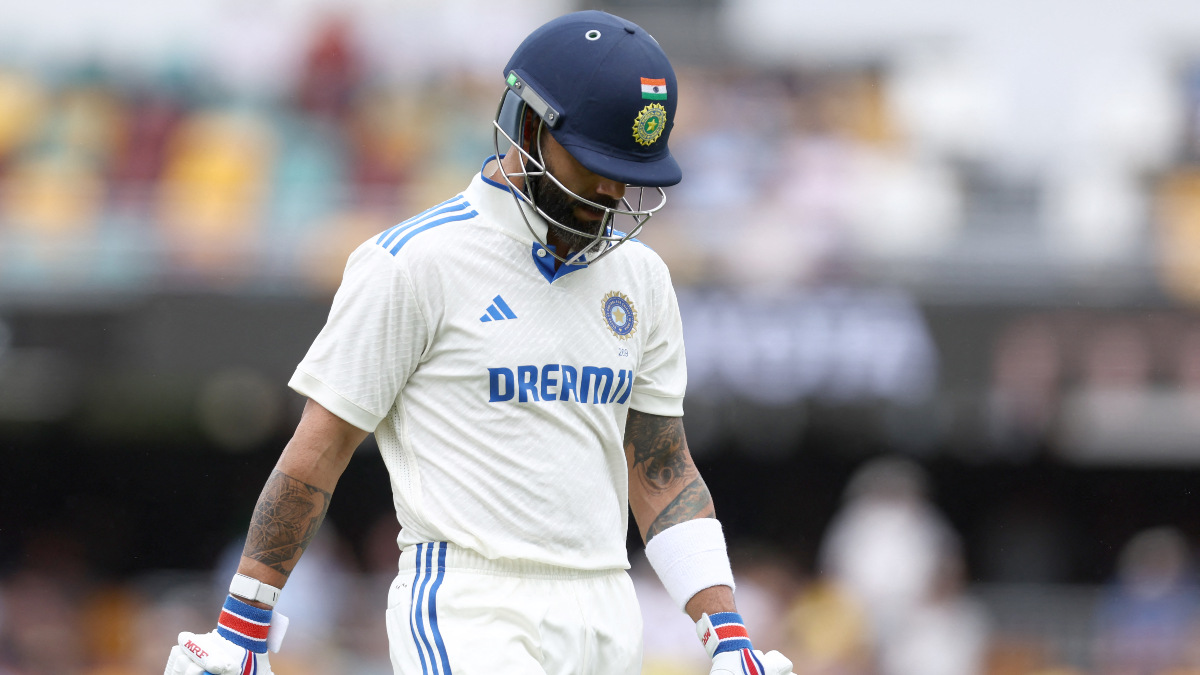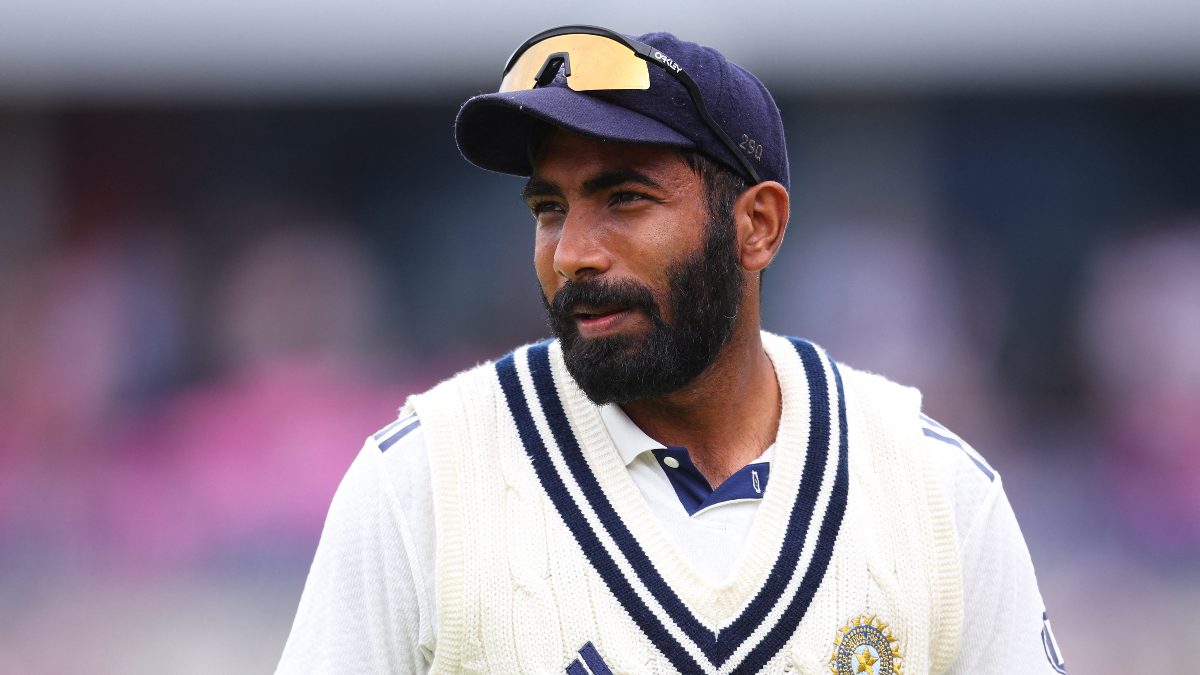Last week in Wellington, Joe Root made his 36th Test century. It was an incredible 19th three-figure knock in the five-day game since the start of 2021. Even accounting for the fact that Root has played 55 Tests in that period, to a score a ton less than every third Test is a magnificent accomplishment which has boosted his career average to 50.85.
On Sunday in Brisbane, Steve Smith shed a year-and-a-half long wait for a Test century, bringing up No. 33 on day two of the third Test against India. Even though he went 24 innings without a hundred, Smith still averages more than 56, with 33 tons to his name.
In Hamilton on Monday, Kane Williamson breezed to 156 against England in the final Test, also his 33rd century. Despite missing the entire India conquest in October-November with a groin injury, the former skipper has lost none of his cutting edge, as evidenced by an average of 54.88 and eight hundreds in the last two years.
Alongside Virat Kohli, Root, Smith and Williamson formed at one time Test cricket’s Fab Four of batting, an eclectic mix of the orthodox and the unconventional, of the classical and the modern. They set the benchmarks others strove to emulate, often unsuccessfully. At one point, Kohli emerged as the first among equals, lording all three formats between the end of 2014 and the end of 2019, a five-year period when he made batting look so easy, so simple, so uncomplicated.
A worrying pattern that refuses to go away
Today, Kohli has lost serious ground to his three great contemporaries. Admittedly, he made a second-innings century in the Perth victory last month, but it was only his third Test ton since the beginning of 2020 and his first since July 2023. His average has taken a serious beating, sliding into the 47s. His impact on India’s Test fortunes has dwindled significantly; a worrying pattern that took shape a little while ago simply refuses to go away, and that is not so much a result of any great technical inadequacy as the lack of discipline which, when otherwise used in the same breath as Kohli, might appear ridiculously out of place.
On a stop-start day three of the third Test at the Gabba, Kohli was dismissed for a fourth cheap time this series . Each of those four times, he was out caught behind the wickets. That can happen, especially for a top-order batter who walks into a newish ball being operated by three of the finest pacers to have played the game. But when those dismissals are avoidable, when those deliveries are better off being left alone and yet are sparred at, that’s when the worry begins to take deep root.
Impact Shorts
More ShortsJosh Hazlewood gets Virat Kohli!
— cricket.com.au (@cricketcomau) December 16, 2024
The Australians are up and about on Day Three. #AUSvIND pic.twitter.com/sq6oYZmZAz
Kohli’s vulnerability outside the off-stump isn’t exclusive to him alone. Every batter worth his salt is susceptible to that mode of attack; the truly great ones find a way to overcome that. Kohli himself did so after a forgettable tour of England in 2014, when ten Test innings netted only 134. Now, however, he seems to have embarked on an unchecked downward spiral that has exploded the aura around him, that has reduced him to a mere mortal.
Standing at second slip, Kohli had plenty of experience of watching Usman Khawaja, Nathan McSweeney, Marnus Labuschagne and Smith leave ball after ball in that channel during Australia’s first-innings tally of 445. In Brisbane, more than any other ground in Australia, balls can be ignored on length alone; Kohli has a pronounced tendency to go ball-feeling at the start of his innings and that has led to his downfall time after time, which speaks not so much to a problem with his technique as a testament to his inability to prevent his bat from being attracted to the ball like a magnet.
Kohli has been the last word in discipline for the longest of times. A change in mindset resulted in a change in lifestyle nearly a dozen years back when, under the watchful eyes of strength and conditioning coach Basu Shanker, he emerged a lean, fit machine whose commitment to diet and fitness was uncompromising and single-minded. When he could do that, you wonder, why should letting balls sail by be so difficult? Is it the anxiety to feel bat on ball? Is it the desire to show the bowler who the boss is? Only Kohli can answer that best.
Fact of the matter is that Kohli has worked on this aspect in the nets, at training sessions between and before Tests. Not always with the greatest of success, but then again, you can’t be dismissed in the nets, can you? Leaving balls is almost second nature to someone like KL Rahul; it didn’t come that easily to Murali Vijay, by nature an attacking batter who revamped his game totally to meet the demands of playing in England and Australia, New Zealand and South Africa.
Also Read | Kohli has a serious technical issue to which he just can't find a solution: Manjrekar
Rohit Sharma, also a stroke-maker, overhauled his defensive and ball-ignoring mindset and technique ahead of the tour of England in 2021, determined to make overseas runs outside the subcontinent and to repay the faith Kohli and head coach Ravi Shastri showed in him when they made him open the Test batting in 2019.
Kohli, however, has found that sucker ball almost impossible to ignore. He could have perished first ball on Monday when he essayed a booming drive off his first delivery, from Mitchell Starc. Lucky not to make contact, his patience ran out after 15 balls when he reached out to Josh Hazlewood and managed a healthy nick to Alex Carey behind the sticks. After a second’s pause, he turned around and, on his walk back to the pavilion, eyed the giant screen to catch a replay of the dismissal. Then, he put his head down and ambled off, perhaps a million thoughts clouding his mind. Watching him get out in the manner he did was like his recent dismissals being played on loop.
Time running out for Kohli
Because of the volume of work he has put in, Kohli clearly merits being viewed through a kinder prism, but many are questioning for how long. How long can Kohli make the same mistakes and hope for different results? How long before the grace time runs out? Kohli himself will be seized of these questions, much like Rahul Dravid was in the lead-up to the February 2009 tour of New Zealand until he regained his mojo following a century against Australia in Mohali in December 2008.
In so many ways, Dravid has been the role model for succeeding generations of cricketers for his work ethics, for his mind over matter, for his ability to rise to any challenge through sheer will power, as much as anything else. For a long time, Kohli was an able student of the Dravid school of approach to cricket. He must surely be aware that the sands of time are running out on him, even if he may not take kindly to other people espousing that same view.


)

)
)
)
)
)
)
)
)



